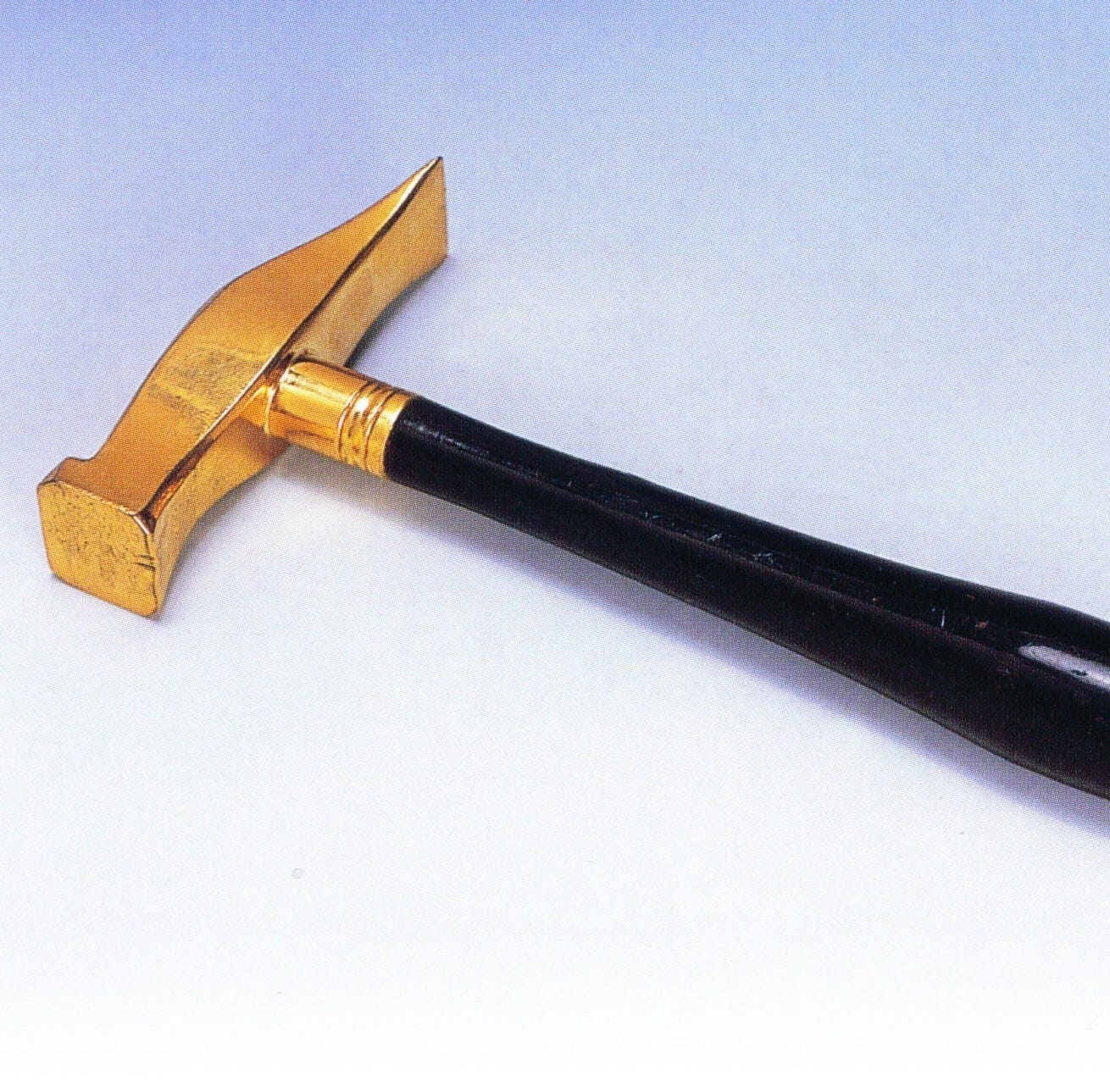Pope Francis, the 265th successor to Peter, has died, and in the upcoming weeks the eyes of the world will be on the Catholic Church. This follows one of the most fruitful seasons of conversion in my experience, with many places reporting twice as many people entering the church as in previous years.
First, let me offer my prayers for the soul of the Holy Father, and for the Cardinal electors to follow the promptings of the Spirit during the conclave as they choose the next Bishop of Rome. Requiem æternam dona eis, Domine: et lux perpetua luceat eis.
I only have time for something short right now, and the titular question came up in searches of my old site with alarming regularity: What about that hammer? Answers tend to be all over the map from clickbaity nonsense to uninformed debunking.
My answer: this has happened in the past, but does not happen any longer, and when it stopped is up for debate.
Following the death of a pope the camerlengo (Cardinal Kevin Farrell) has the duty of "safeguarding and administering the goods and temporal rights of the Holy See" during the interregnum. He manages the church until the election of the next pontiff, oversees the conclave, and gets a nifty scepter covered in red velvet.
The camerlengo also verifies the passing of the pope after the doctor has pronounced his death. It’s often claimed that this was done by tapping him on the head three times with a ceremonial hammer and calling his baptismal name in his native tongue. If he showed no response, the camerlengo announced "the pope is dead" and took possession of his ceremonial ring, which was often then smashed with the same hammer along with official seals.
At a time when death could be difficult to determine and burial alive was a real possibility, this would not have been a quaint custom but a genuine precaution. (There's a persistent legend that Thomas a Kempis was buried alive, but it is not true.)
The Vatican itself called this a "myth" when it was reported in The Guardian in 2003, but the tradition is fairly well attested. See, for example, The Visible Church, by James-Charles Noonan Jr.
Here is the relevant section from Reardon’s Deaths of the Popes:
When it is believed that the pope has breathed his last, the camerlengo places a silk cloth over the face of the pontiff three times, each time calling out the pope’s Christian name because it is thought no man can remain silent when he hears the name his mother gave him. When he has called the name three times with no answer the camerlengo declares, “The pope is dead!”
Until 1676, the camerlengo would remove a small silver hammer from a red pouch and tap the pope on the forehead (slightly above the right eyebrow) three times and call out his name to see if he was truly dead. One of those silver hammers can still be seen in the Vatican treasury today. There is conflicting evidence from respectable authors however, about the modern use of the hammer. In Pontiff, authors Gordon Thomas and Max Morgan-Witts attest to the hammer being used for Paul VI (d. 1978) and John Paul I (d. 1978), whereas Frances Burkle-Young, in Passing the Keys, claims that the silk cloth was used on both.
And then there’s an item from The Minnesota Chapter of the Patrons of the Arts in the Vatican Museums. This example dates back to the mid 20th century. It is made of ebony and gilded silver and measures 22x9x2 cm. I absolutely will not attest that it is genuine, although the source is suggestive.
The destruction of the ring is also well-attested.
If anyone has some precise information to add, please feel free to use the comboxes.
My other Substack:







We do have a weird religion.
Great post. It’s wild that there’s another Conclave coming!